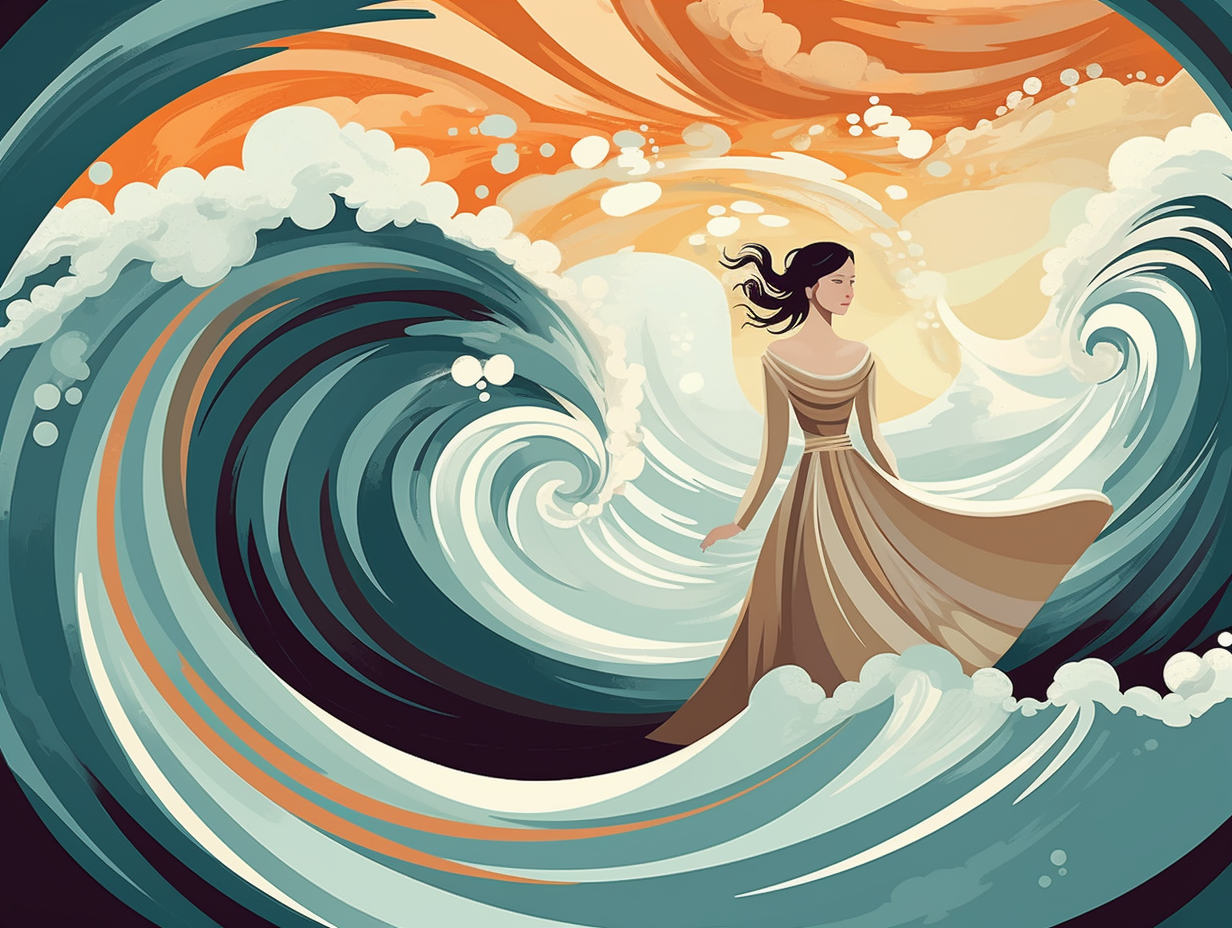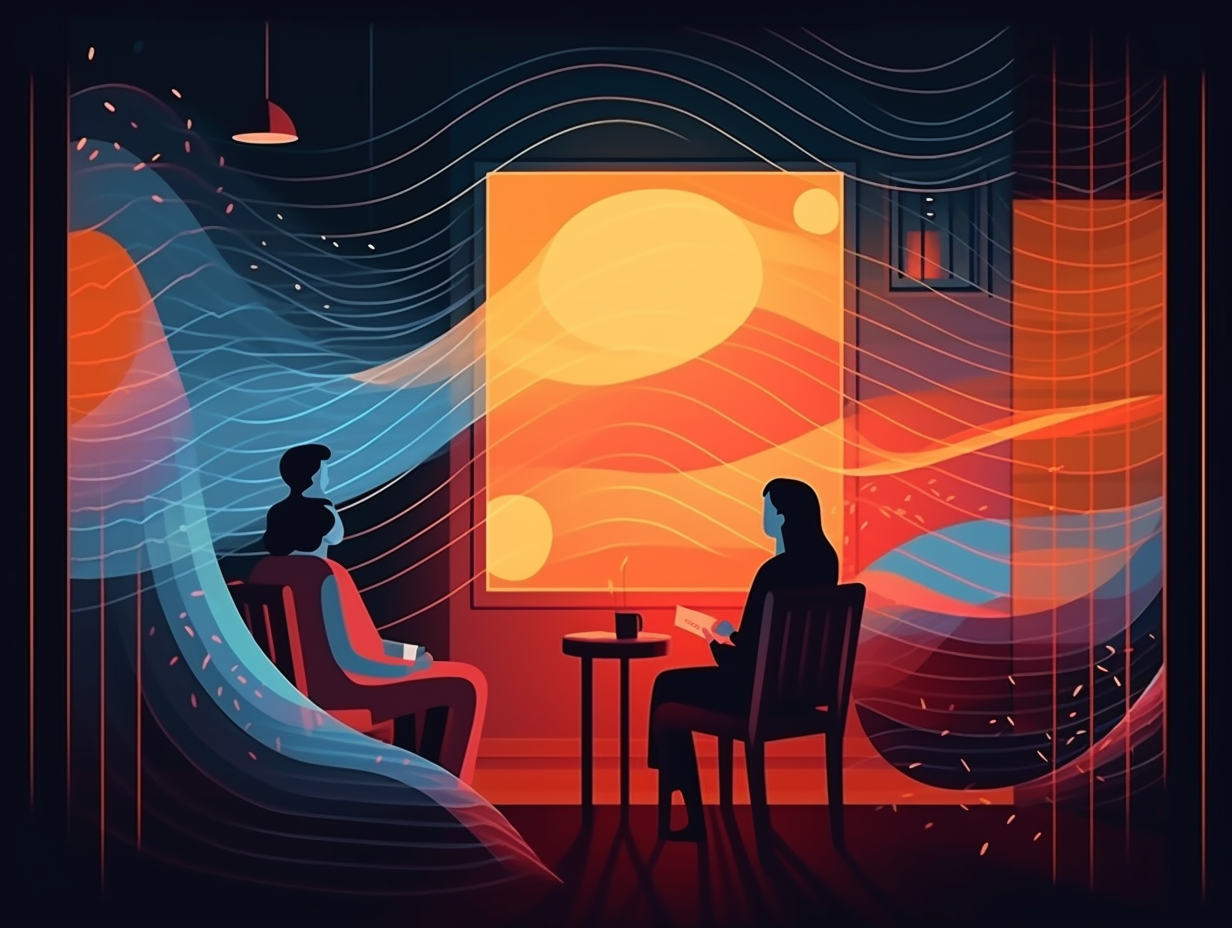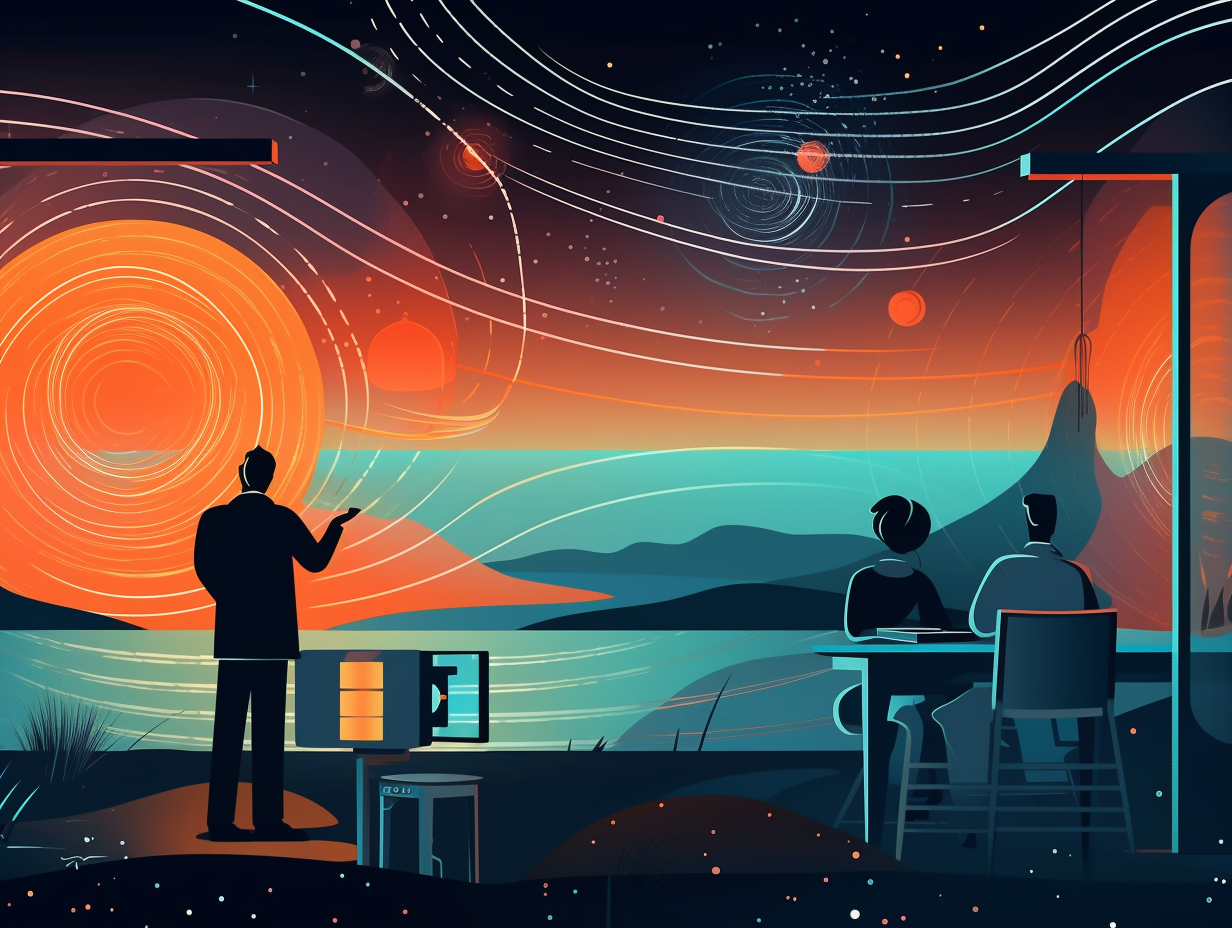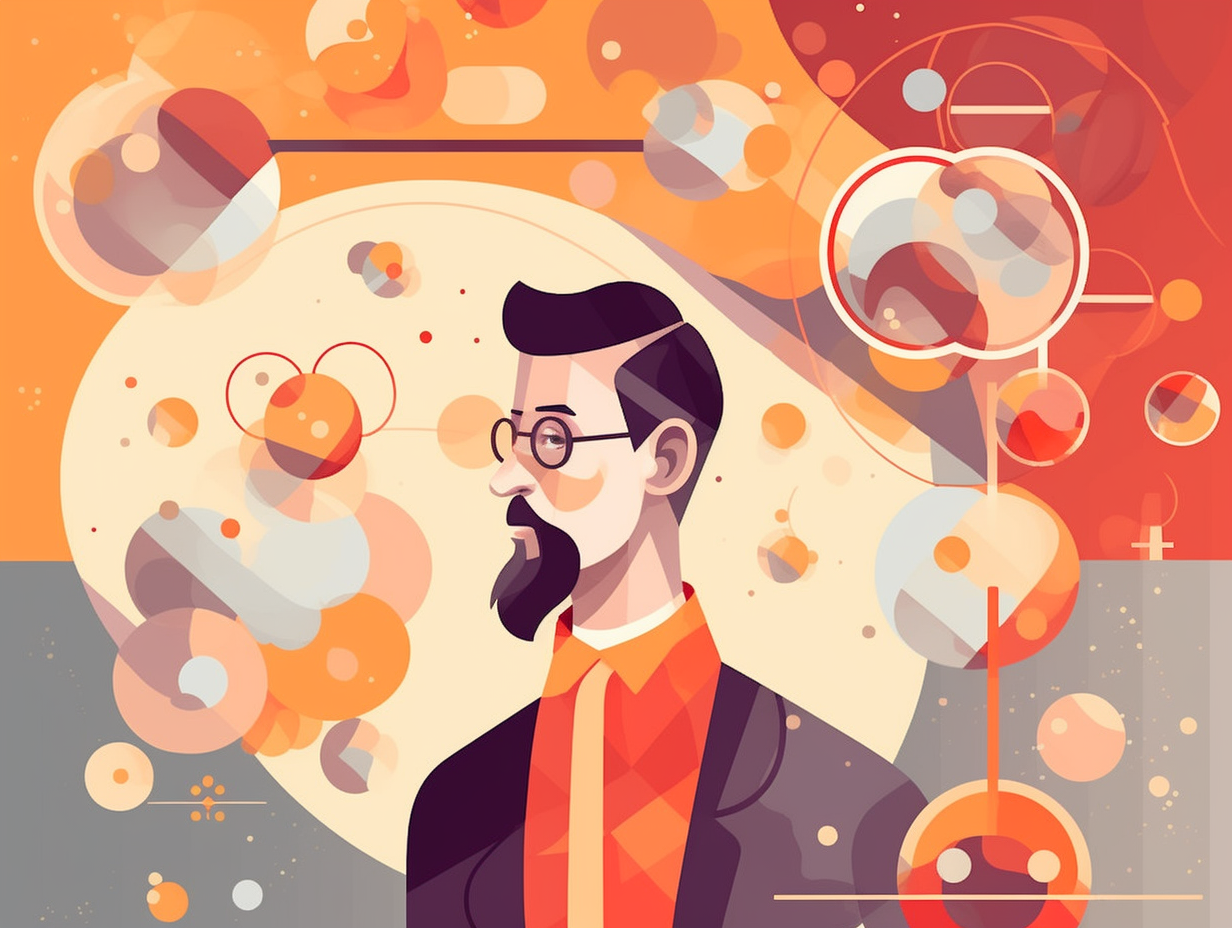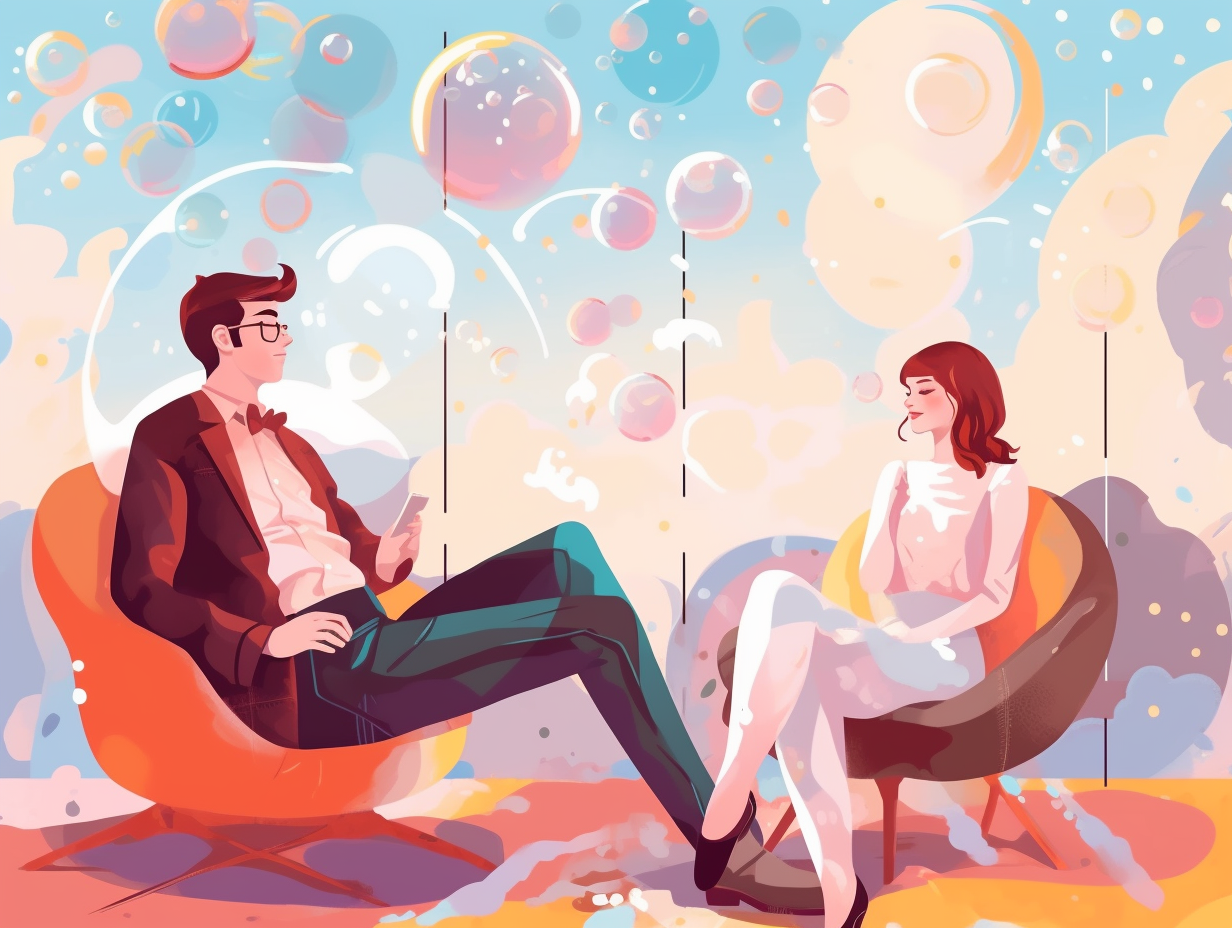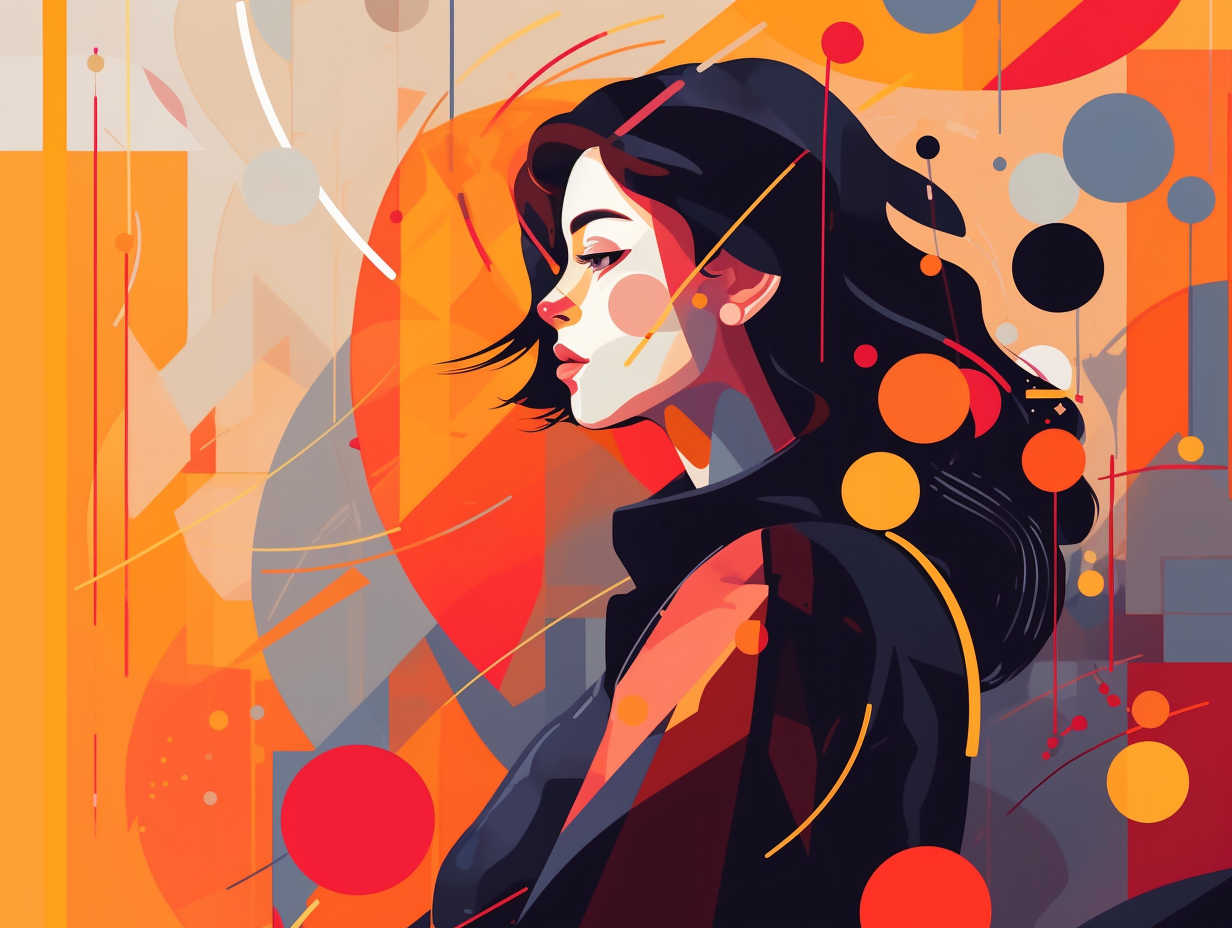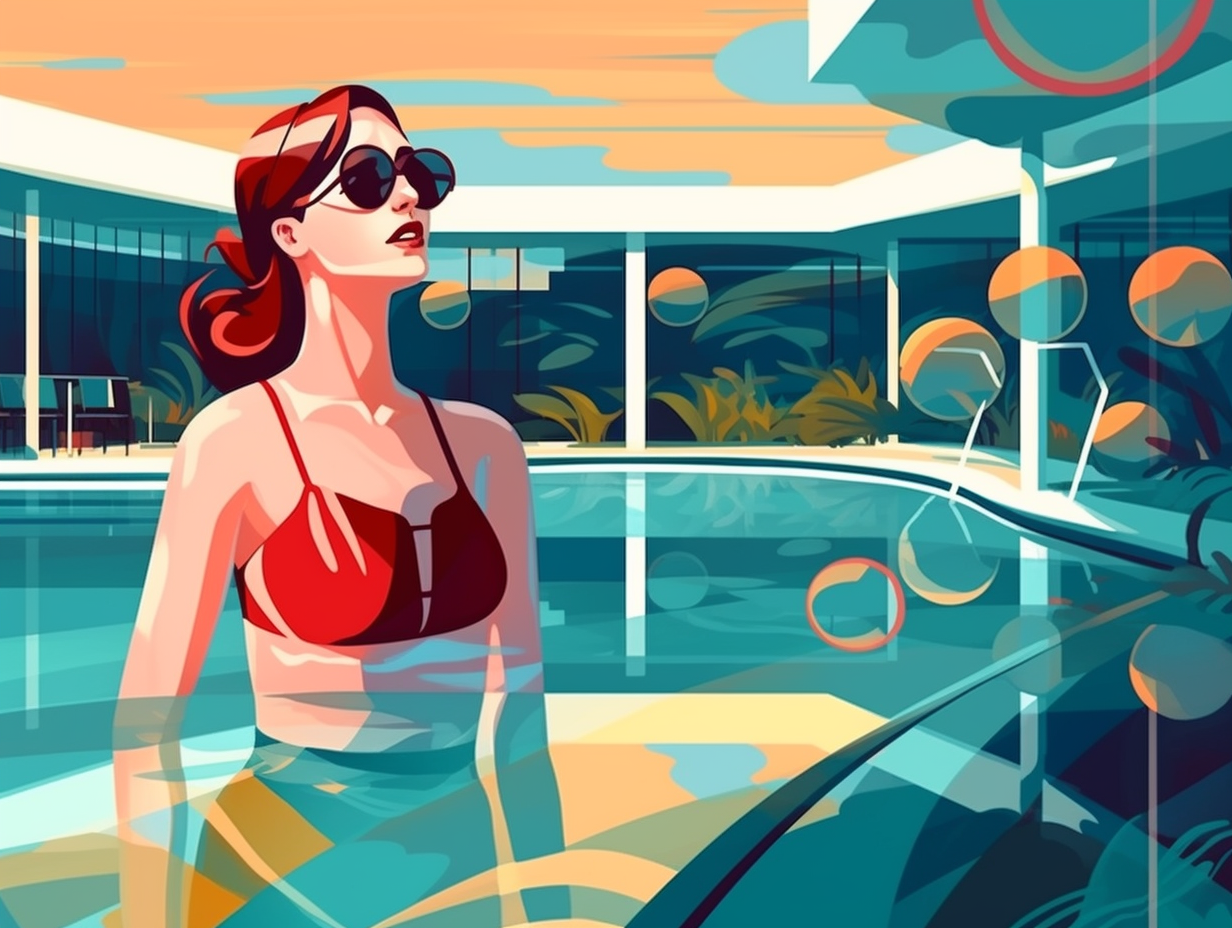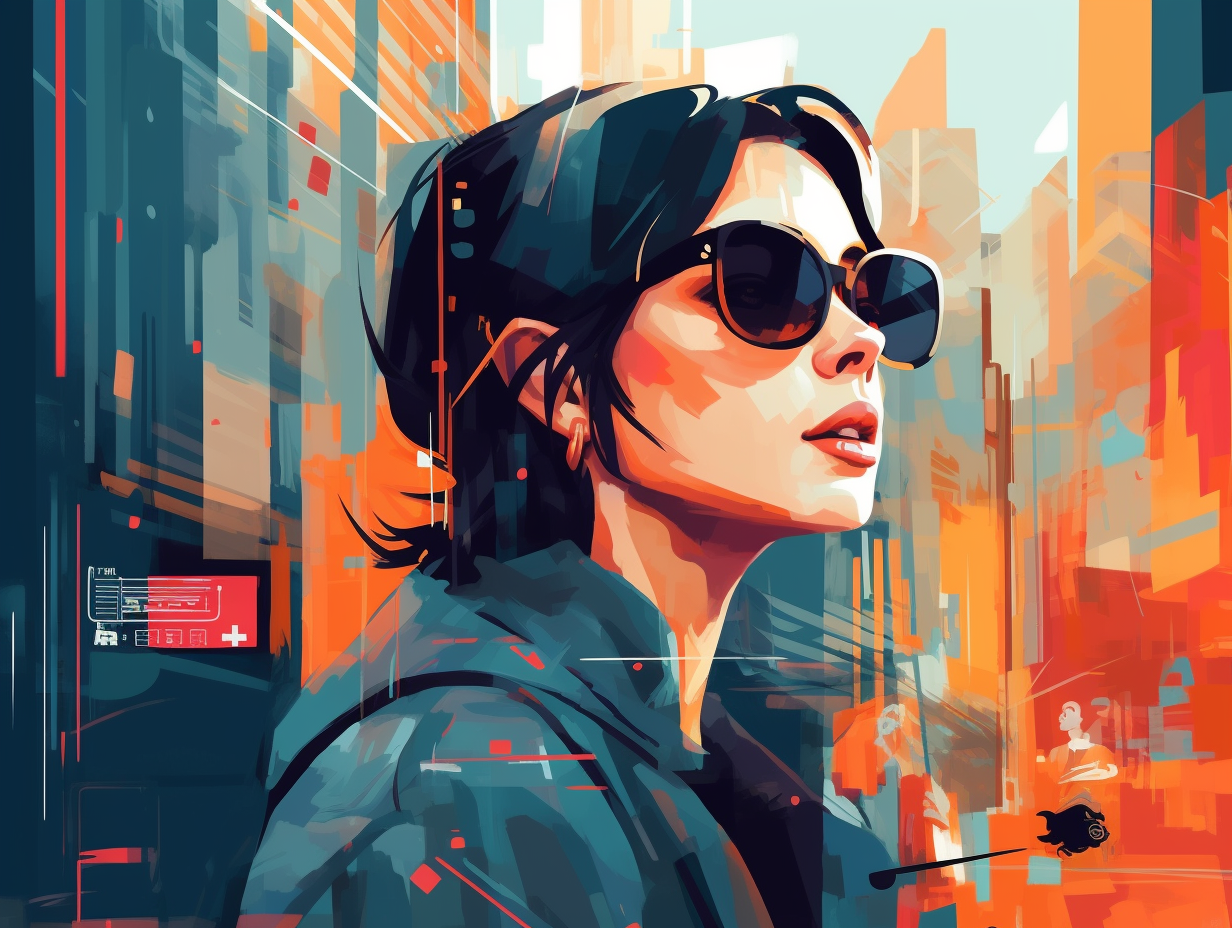13 Amazing Fun Facts About Visible Light That Will Brighten Your Day!
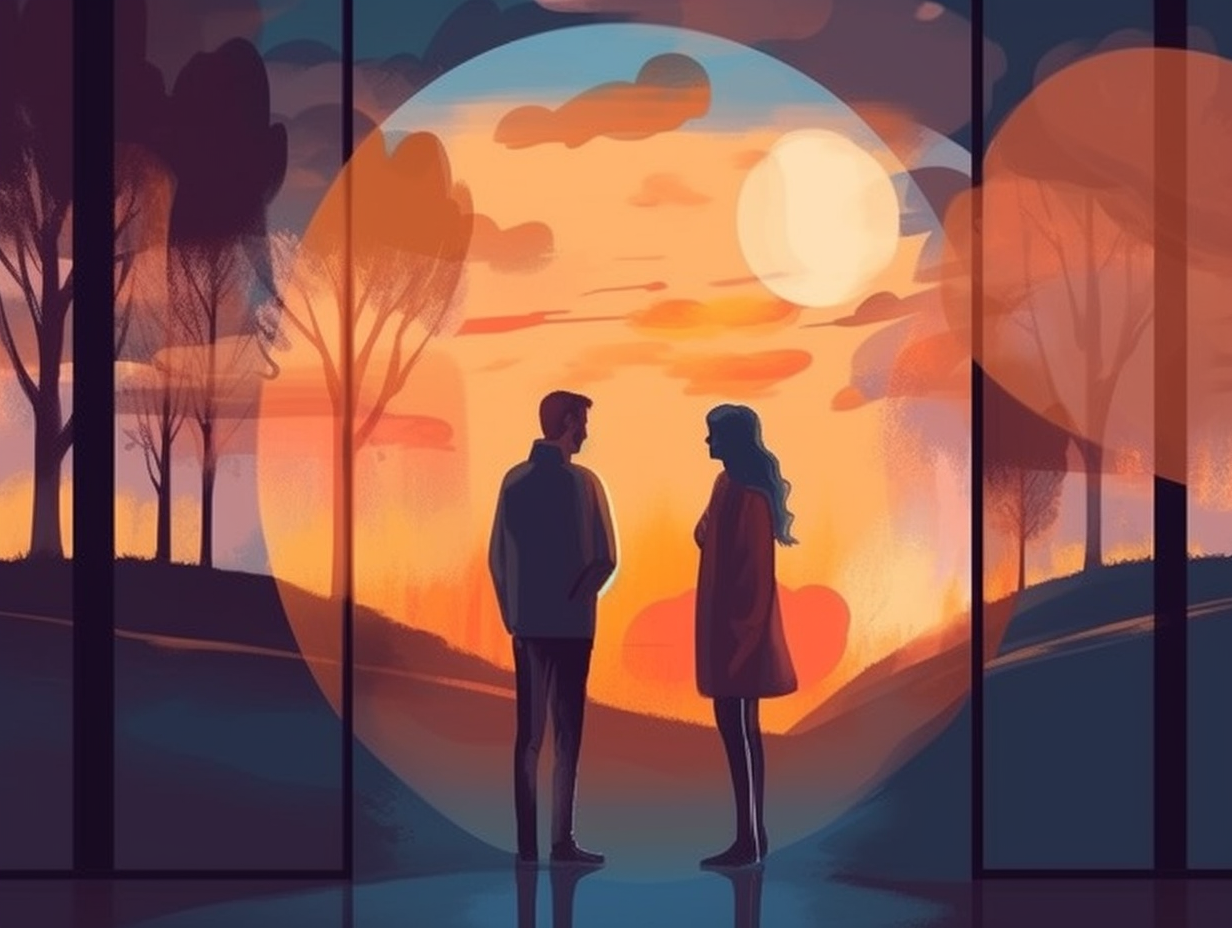
1. Blue Light Brain Boost
Blue light, the secret sauce behind the radiant brilliance of smurfs and Cookie Monster: A mere 30 minutes of exposure to it during the day can enhance working memory performance and trigger lasting changes in prefrontal brain regions linked to executive functions.
Source => ncbi.nlm.nih.gov
2. Newton's Colorful Dance Floor
Would you believe that Sir Isaac Newton was also a part-time DJ, mixing colors instead of beats? He spun the color wheel like no one else, and thanks to him, the world became a vibrant dance floor: In reality, visible light is composed of seven distinct colors - red, orange, yellow, green, blue, indigo, and violet. Newton discovered this colorful affair when white light bounced off prisms, creating a mesmerizing spectrum, harmoniously connected like musical notes. When an object appears a specific color, it's because that dance-crazed object is reflecting that color and absorbing the rest. So when you bask in a radiant painting or a kaleidoscopic sunset, remember that it's visible light that's orchestrating this visual symphony.
Source => printmag.com
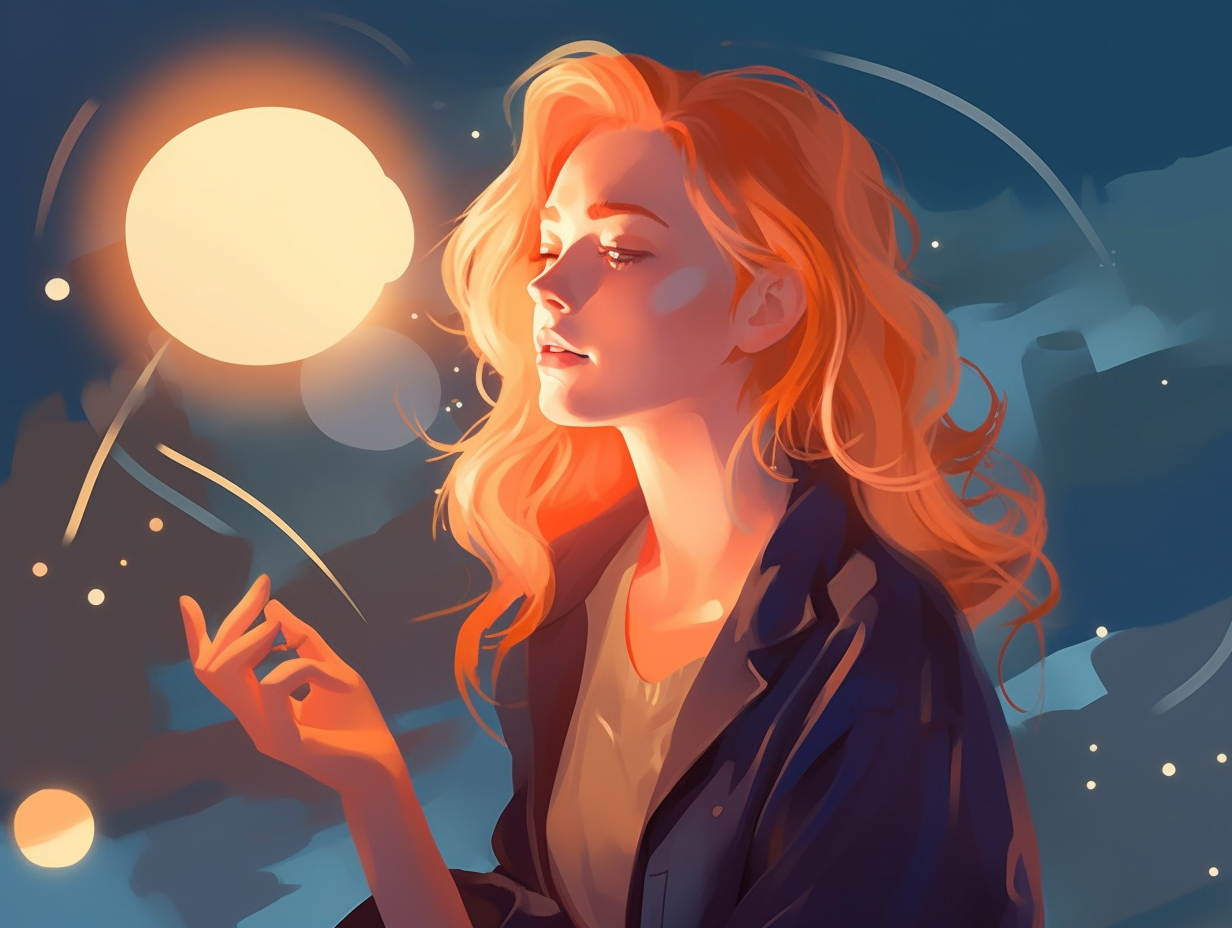
Did you know that light travels at a mind-blowing speed of 300,000 kilometers per second, reaching Earth from the Sun in just 8 minutes and 20 seconds? Discover more incredible facts about this cosmic speed demon!
=> Fun Facts about Light
3. Ants' Red Light Vision
"Ants at a red light district? Not quite what you'd expect!": Recent studies have found that ants, once believed to be blind to red, actually have moderately complex eyes that allow them to see red light! However, their sensitivity to dark red hues and low light intensities remains limited, making dark red lights still valuable to observe the little critters without alerting them.
Source => wildaboutants.com
4. Bees' Ultraviolet Vision
To bee or not to bee, that is the ultraviolet question: These little buzzing Picassos of the insect world see colors we humans can only dream of. Their kaleidoscope vision is based on ultraviolet, blue, and green spectrums – but alas, the passionate red romance of roses remains invisible to their compound eyes. While we homo sapiens mix red, blue, and green hues to create our daily technicolor, bees are too busy being intoxicated by the tempting allure of purple, violet, and blue flowers – their preferred happy hour buffet-spot for nectar dining.
Source => beeculture.com
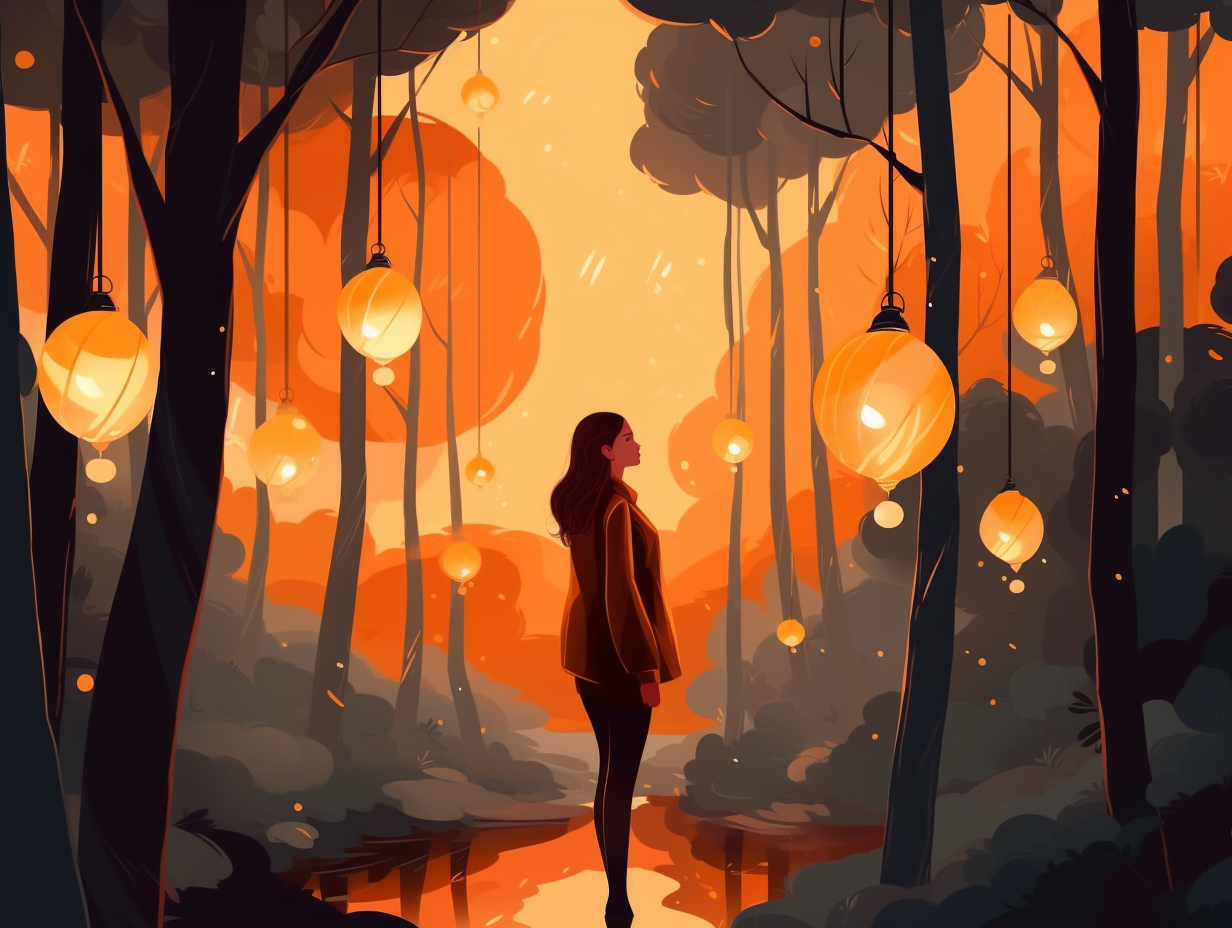
5. Silencing Devices with Metamaterials
Silence of the fans: Metamaterials can create total sound absorption, promising a noise-free future for devices like computer servers, air conditioners, and recording studios, all thanks to acoustic "metacages" that trap sounds while still allowing ventilation.
Source => knowablemagazine.org
6. Ocean's Blue Fashion Statement
Why did the ocean splash on a blue hue for today's outfit? It's all in the water's stellar styling choices! The Blue Lagoon look: Water molecules scatter blue wavelengths of light by absorbing and re-emitting them in different directions, letting blue light dive deeper into the ocean's depths while other color wavelengths get the cold shoulder, merely flirting with the surface. But no need for FOMO, as you go deeper, you'll still be swimming in different shades depending on the particles, depth, and amount of skylight. Quite the fashion-forward seascape we have here!
Source => loc.gov
7. Birds' Superior Color Vision
Move over, humans, there's a new artist in town, and they don't require a fancy paint palette: Birds possess a tiny droplet of filtering oil in their cone color receptors that grants them the power to detect a whole new level of subtle color variations, helping them identify minuscule differences in hues which remain invisible to our inferior human eyes—particularly beneficial when hunting for their next meal.
Source => kaytee.com
8. Blue for Creativity Boost
Feeling blue? Don't worry, it's the color of Picasso's creative soul sauce: A University of British Columbia study discovered that the color blue can boost imagination and creativity, with participants performing better in tasks like inventing toys from shape collections when exposed to blue backgrounds compared to red or neutral hues.
Source => nytimes.com
9. The Power of Green for Human Eyes
Feeling green with envy? Well, your eyes certainly can't resist the power of greens: The human eye is most sensitive to light with a wavelength of around 555 nanometers, which falls in the green region of the visible light spectrum, all thanks to a higher concentration of cones that respond to green light within our peepers.
Source => olympus-lifescience.com
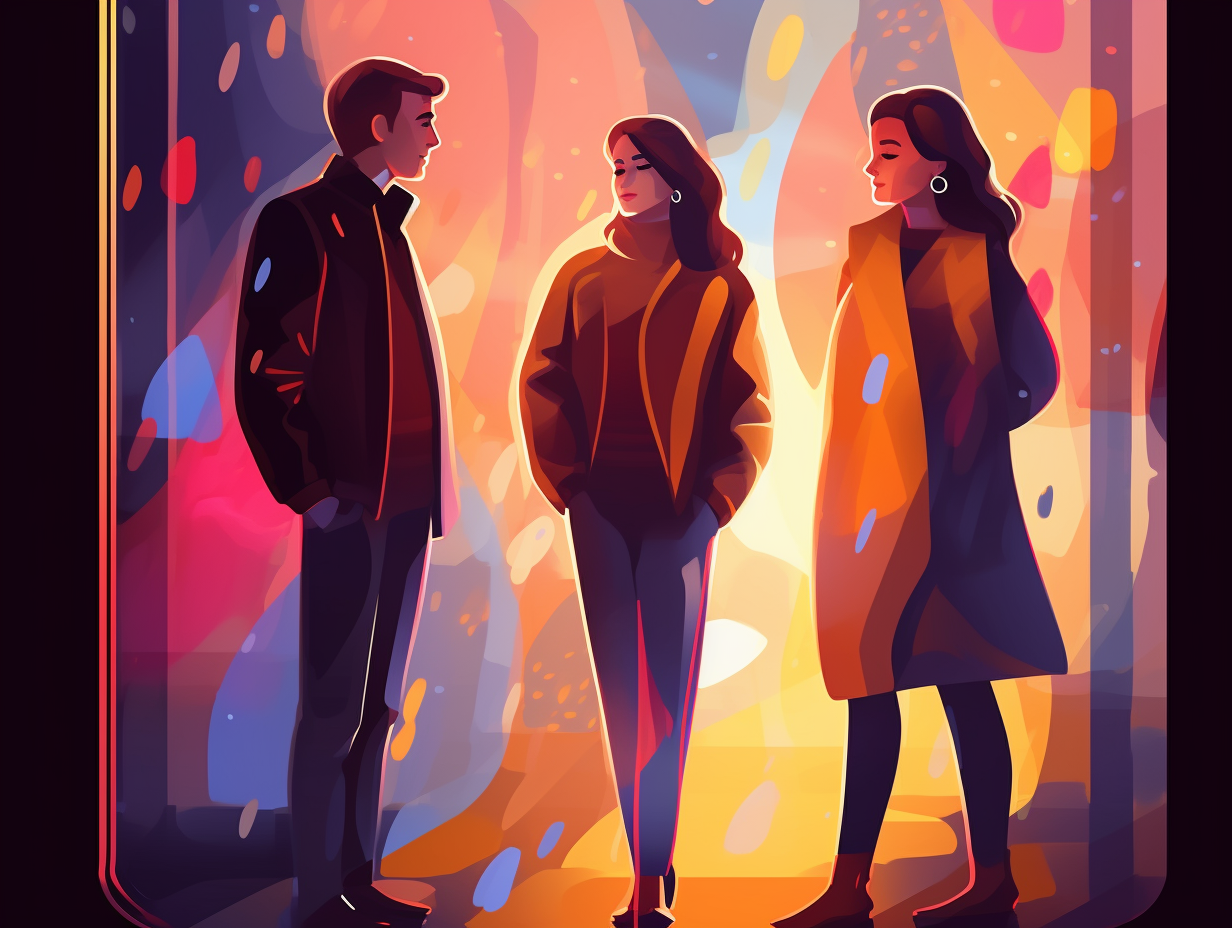
10. Chlorophyll's Green Glamour
You might think of chlorophyll as Mother Nature's finest eyeshadow, giving plants that envious shade of green we all strive to incorporate into our diets: Hold your laughter, folks, because chlorophyll not only makes plants pretty, but also plays a pivotal role in photosynthesis, turning sunlight into energy for growth and metabolism. This green glamour absorbs specific wavelengths of light in the red and blue regions of the visible spectrum, while catwalking the green light away. And to keep things interesting, chlorophyll comes in varieties like chlorophyll a and b, with slight structural differences that enable them to absorb different light wavelengths, ensuring no plant is caught wearing the same outfit to the photosynthesis ball.
Source => webexhibits.org
11. Display Color Limitations
You think you've seen it all, but you ain't seen nothing yet: human eyes can perceive a staggering 10 million colors, but most displays limit themselves to a measly 24-bit color, which is just an 8-bit tip of the colorful iceberg!
Source => medium.com
12. Feathered Nano-Engineers
Who knew peacocks and hummingbirds must be avid nano-engineers in their spare time: these feathered friends achieve their enchanting iridescence by manipulating delicate nanostructures in their plumage, using various melanosome types to magically double their color range and dazzle with vibrant hues.
Source => environment.princeton.edu
13. Kaleidoscopes and Album Covers Unite
Ever wondered why those funky kaleidoscopes and Pink Floyd's legendary "Dark Side of the Moon" album cover have a common rainbow connection? Well, it's all thanks to Sir Isaac Newton's colorful shenanigans: The visible light spectrum has seven colors, each with a distinct wavelength, ranging from violet's short wavelength to red's lengthy stretch, which is why a prism can fabulously split white light into a vibrant array of hues!
Source => lumitex.com
Related Fun Facts

